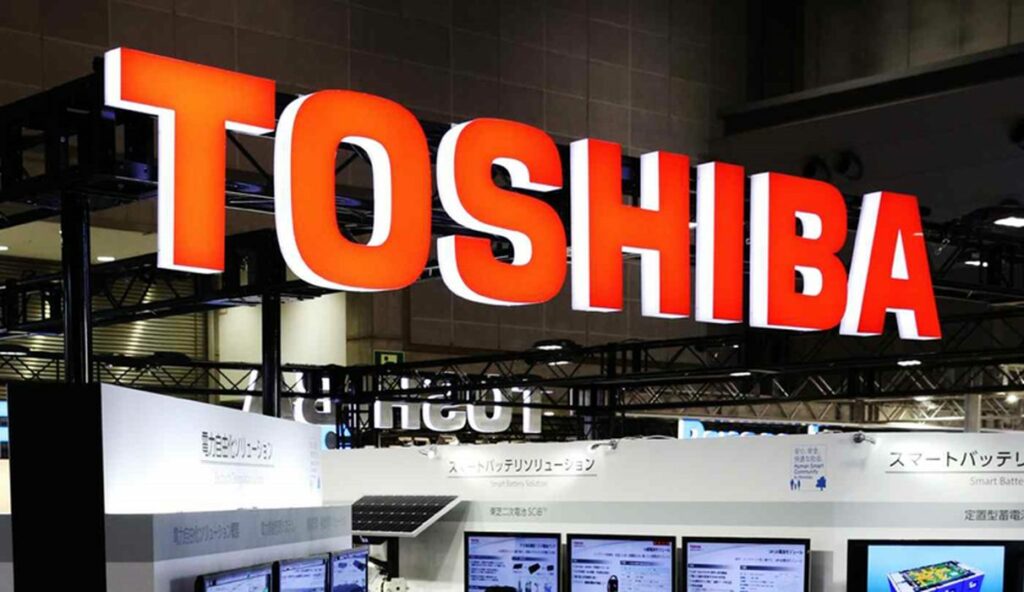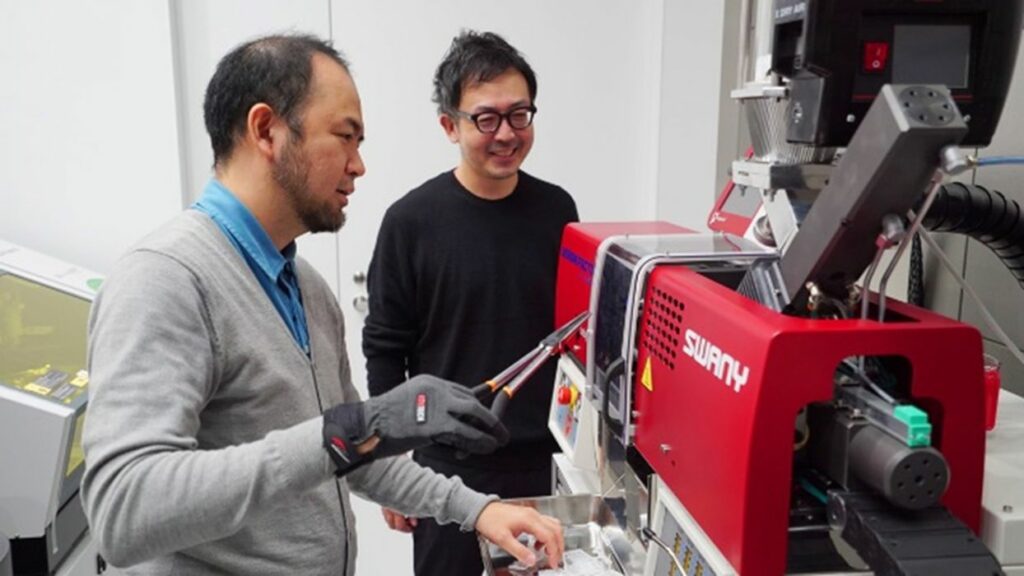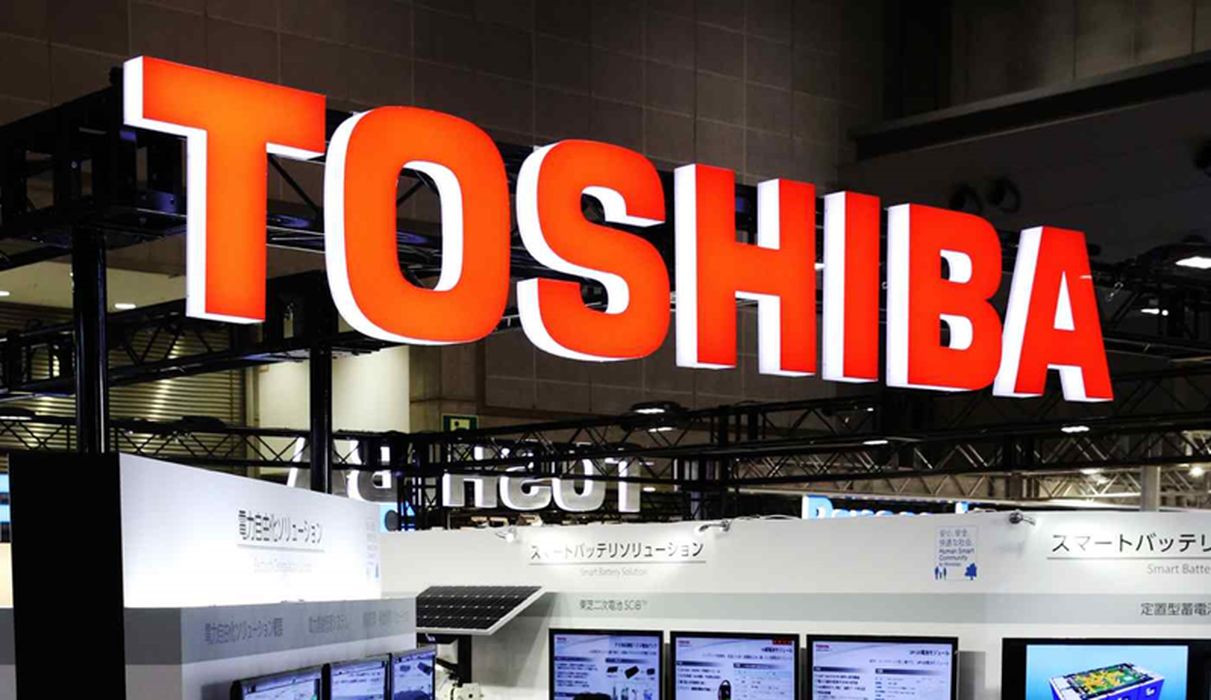
Charles R. Goulding and Preeti Sulibhavi look at Toshiba’s reinvention and its new makerspace initiative.
Toshiba is a 146-year-old Japanese corporate giant that has been locked in a corporate battle for 4 years. The company’s sales exceeded US$28B and employed over 125,648 employees in 2021.
The company has multiple product lines including printers, computers, elevators, lighting, semiconductor, medical equipment and many others. The battling players include the company, activists, and hedge funds. The company has a new CEO, previously from Siemens, a large industrial manufacturer that is currently restructuring into separate businesses.
Despite all the corporate intrigue, we are pleased to see that Toshiba is supporting the expansion of the overall 3D printing industry. This is happening through various initiatives, one of which is the new co-creation space or Creative Circuit for embodying design thinking.
In February 2021, Toshiba Corporation opened a facility where employees can collaborate with partner companies and customers on creative and digital projects. The space provides tools that include 3D printers and laser cutters. This is a creative space where people from all technical backgrounds with specialized industry skills can develop ideas that will contribute to our technological future by solving today’s problems using a “Customer Value Design.”

Later in November 2021, the Toshiba America Foundation (TAF) awarded over $42,000 in grants for 12 innovative classroom science, technology, engineering and mathematics (STEM) projects in grades 6-12. TAF grants aim to fund projects designed by innovative classroom teachers, which bring immediate results. The grant supports equipment purchases for hands-on experiments and project-based learning, thereby enhancing the way STEM subjects are taught in schools.
It is nice to see Toshiba supporting and advancing 3D printing initiatives despite its ongoing corporate battles. This is one way that Toshiba has advanced technological innovation during a very tumultuous time for the company itself.
| Organization Info | Teacher | Project Title | Amount Awarded |
| Carroll High School, Dayton, OH | Todd Taylce | Aquaponics in the Classroom | $4,401 |
| Chugiak High School, Chugiak, AK | Bryan Smith | Analytical balances for hands-on discovery of the meanings of precision and buoyancy | $3,923 |
| Coastal Academy High School, Oceanside, CA | Christine Arrabit | Biotech class start-up | $2,800 |
| Depue Elementary School, Depue, IL | Allison Hoyle | Rockets | $582 |
| James Kenan High School, Warsaw, NC | Jeremy Wilder | Tiger Racing Team | $2,651 |
| Lammersville Elementary School, Tracy, CA | Keshis Stiles | Sphero Bolts in Motion for Cross-Curricular Success | $3,300 |
| McIntosh Middle School, Sarasota, FL | Cherish Eagen | Coding and Rolling Through the Body Systems | $3,300 |
| New Millennium Academy, Brooklyn Center, MN | Andi Twiss | Engineering a Farm | $3,500 |
| New Village Girls Academy, Los Angeles, CA | Christa Hollis | Engineering Through the Lens of Sustainability Microhomes | $5,000 |
| North Cook Young Adult Academy, Des Plaines, IL | Ngoc Nguyen | Math and Science STEAM | $4,987 |
| St. Paul’s Lutheran School North Pond du Lac, WI | Joseph Loescher | Science Lab Materials | $3,894 |
| The Schoolhouse Learning Center, S Burlington, VT | Dan Erickson | STEAM Project Based Learning to Support Social Justice Outreach | $3,995 |
| Total | $42,333 |
The Research & Development Tax Credit
The now permanent Research and Development (R&D) Tax Credit is available for companies developing new or improved products, processes and/or software.
3D printing can help boost a company’s R&D Tax Credits. Wages for technical employees creating, testing, and revising 3D printed prototypes can be included as a percentage of eligible time spent for the R&D Tax Credit. Similarly, when used as a method of improving a process, time spent integrating 3D printing hardware and software counts as an eligible activity. Lastly, when used for modeling and preproduction, the costs of filaments consumed during the development process may also be recovered.
Whether it is used for creating and testing prototypes or for final production, 3D printing is a great indicator that R&D Credit eligible activities are taking place. Companies implementing this technology at any point should consider taking advantage of R&D Tax Credits.
Conclusion
Toshiba is a multi-national corporate giant that can have a hugely positive impact on the 3D printing industry. This is the time for the 3D printing industry to move forward and take advantage of Toshiba’s various initiatives.

